- Stonking performance
- Excellent interior quality and practicality
- Good value for money
- Feels its size behind the wheel
- Big price premium for PHEV drivetrain
- 22-inch wheels are too much
Under Chinese conglomerate Geely, Swedish company Volvo is going from strength to strength globally. Traditionally known for exceptionally safe, boxy cars, Volvo has turned its image around to something much more svelte, much sexier and much more Swedish with a range of exceptional quality cars that best their premium German rivals in many ways. For years, the top of the Volvo tree has been the XC90 seven-seat SUV, which has long enjoyed healthy Australian sales – it pretty much carried the brand until the smaller XC60 was launched here. But with a stronger than ever range, is the 2021 Volvo XC90 Recharge all you could ever want in a premium large SUV? Let’s find out.
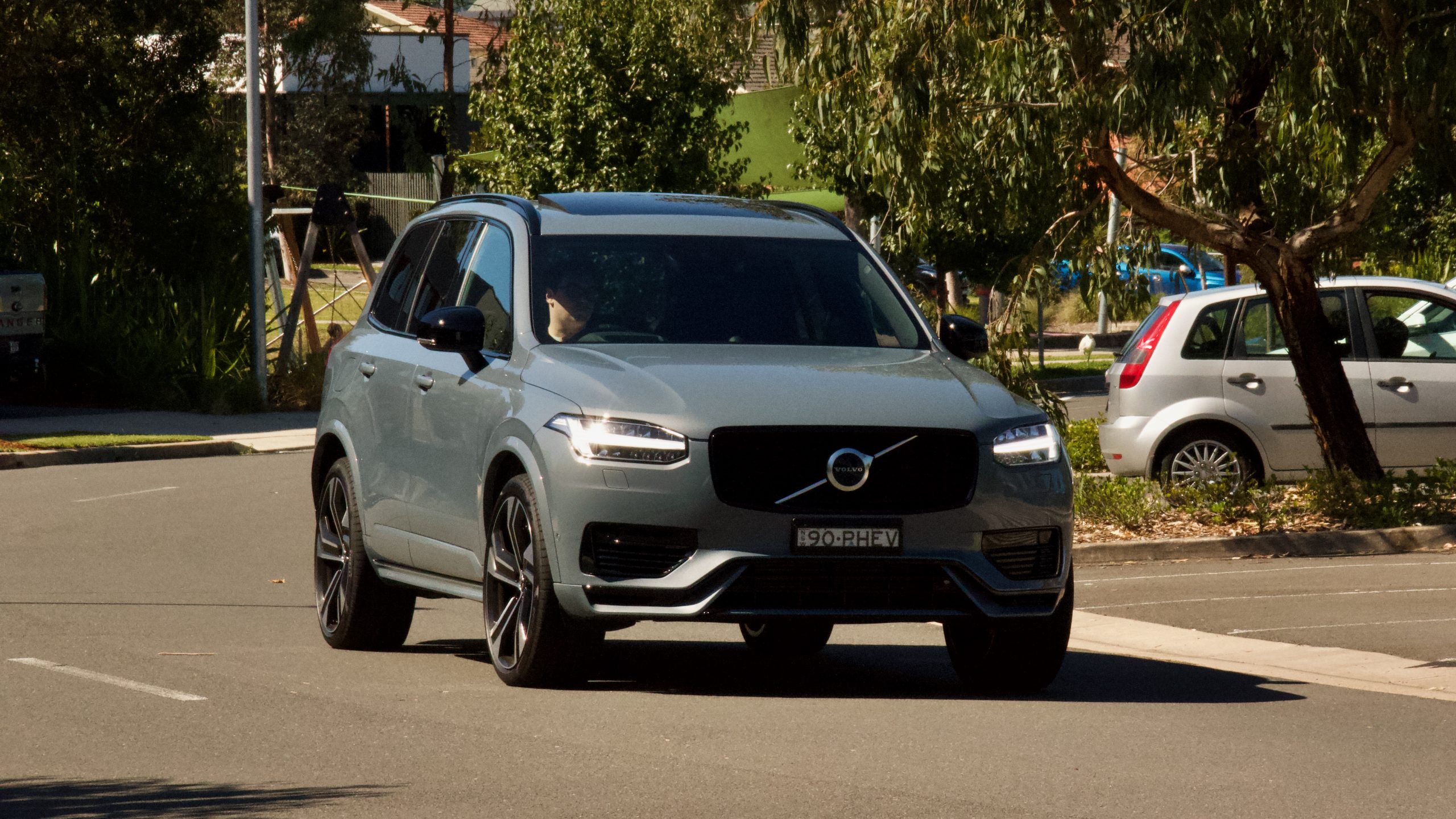
Part of the recently revised XC90 range, the Recharge sits atop the model lineup at $115,990 plus on-road costs. Lesser models sit below priced from $90,990, but the Recharge tested here is not only fully loaded with kit but it’s also a plug-in hybrid that mates the other XC90 models’ 2.0-litre turbocharged and supercharged four-cylinder engine with a 11.6kWh battery pack and an electric motor on the rear axle. Volvo recently added PHEV variants of the XC40 and XC60 SUVs, and it’s part of their plan to electrify every car they make.
Price & Equipment: 8/10
While the regular XC90 range is priced from $90,990 plus on-road costs, the Recharge model tested here is $115,990 +ORC thanks to its gouging of the options list and its plug-in hybrid (PHEV) drivetrain. Yet despite not being hugely cheap to buy, we think it represents good value in the large premium SUV sphere.
For starters, the 2021 Volvo XC90 Recharge comes with an extremely long list of standard equipment. Everything from huge 22-inch alloy wheels, LED exterior and interior lighting, front and rear LED daytime running lights, auto lights and wipers, four-zone climate control, keyless entry and start, an electric tailgate with hands-free opening functionality, a 9.0-inch vertical touchscreen with Apple CarPlay and Android Auto, satellite navigation, digital radio, a digital driver’s display, a heads-up display, leather upholstery with electrically operated front seats with memory, heated and ventilated front seats, auto-dimming interior and exterior mirrors, auto-folding mirrors, several USB-C charging ports, a wireless phone charger and sunshades for the middle row of seats.
Features optional on other XC90s, including the panoramic glass sunroof, a 19-speaker 1,400W Bowers and Wilkins audio with active noise control, air suspension and privacy glass, are also standard equipment.
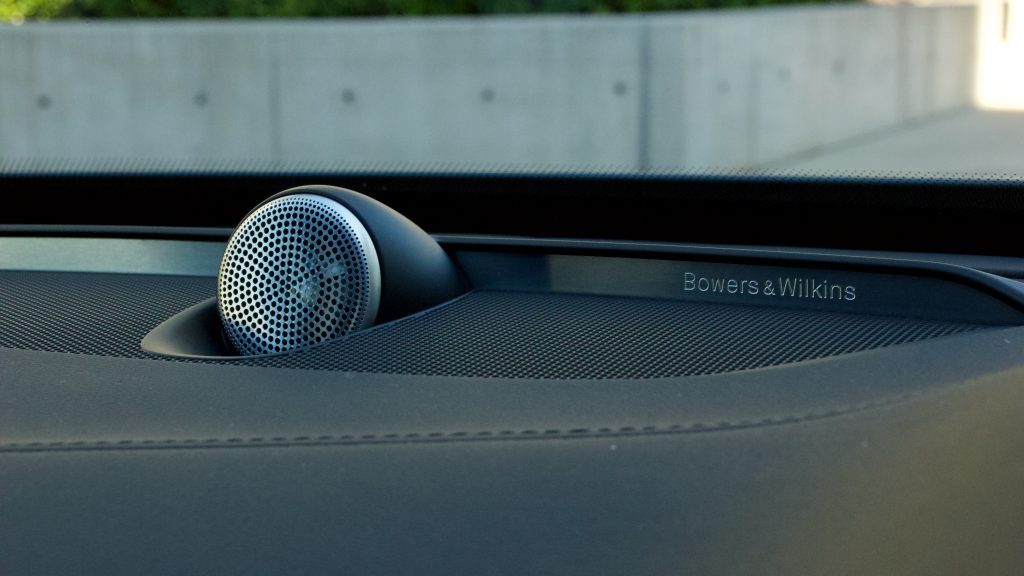
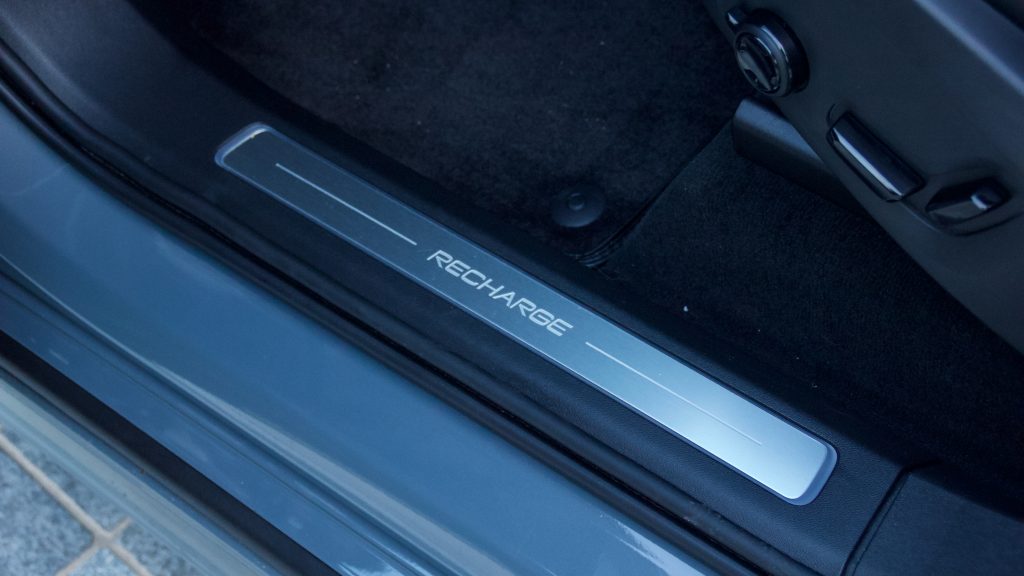
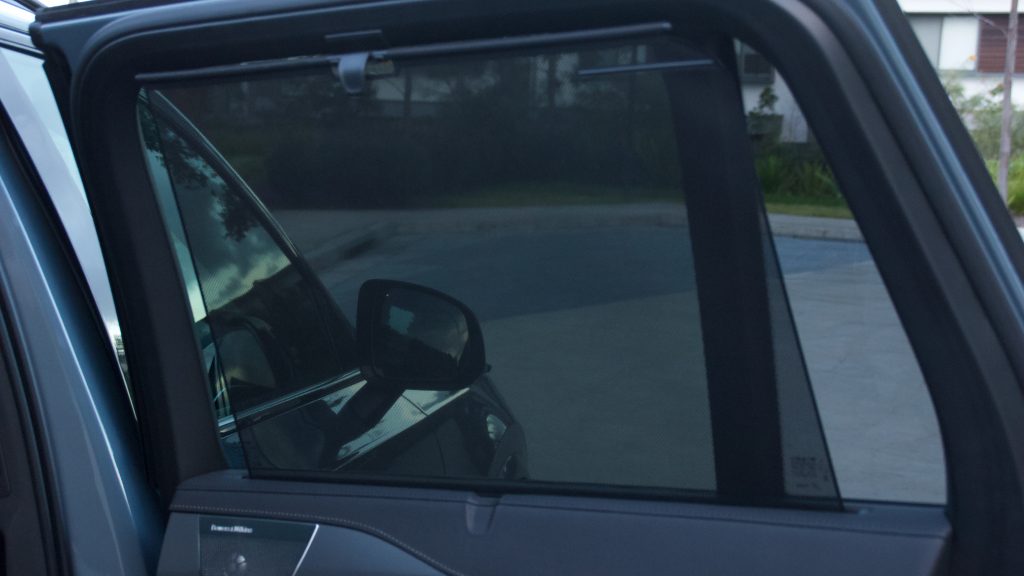
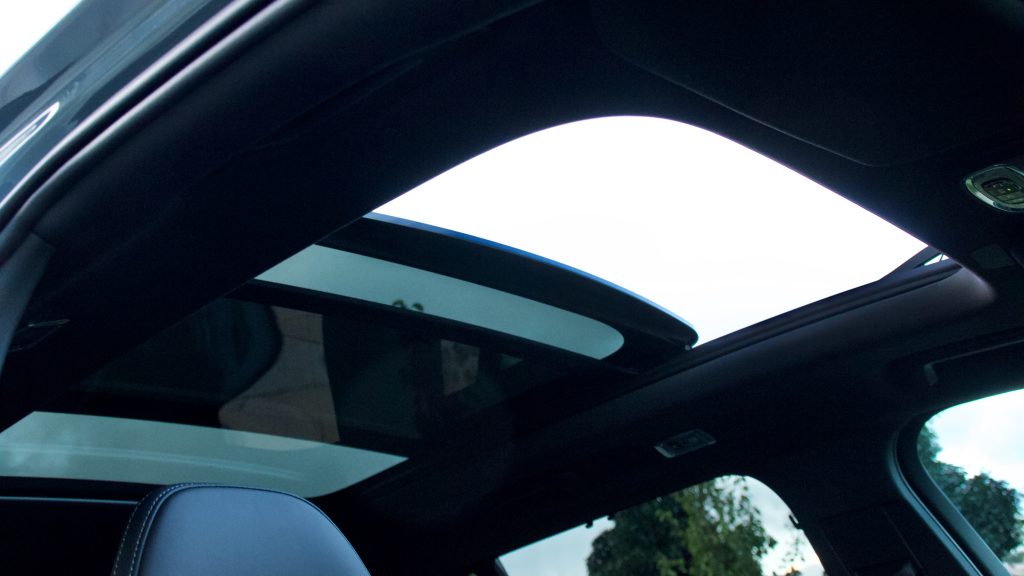
Being a Volvo, safety kit is also impressive with Volvo’s ‘Pilot Assist’ semi-autonomous driving tech, seven airbags, auto emergency braking (AEB) with pedestrian, cyclist and large animal monitoring, blind-spot monitoring with rear cross-traffic alert, auto rear braking, Matrix high beam functionality for the headlights, lane keep assist, adaptive cruise control, driver attention monitoring, speed sign recognition, a 360–degree parking camera and front and rear parking sensors as standard.
There are a few options available, including $1,900 metallic paint, $275 power folding rear headrests, a $600 climate package with heated rear seats, a heated steering wheel and heated washer jets, $2,000 22-inch alloy wheels, a $1,500 alcantara headliner, $2,950 Nappa leather upholstery and $1,050 massaging front seats.
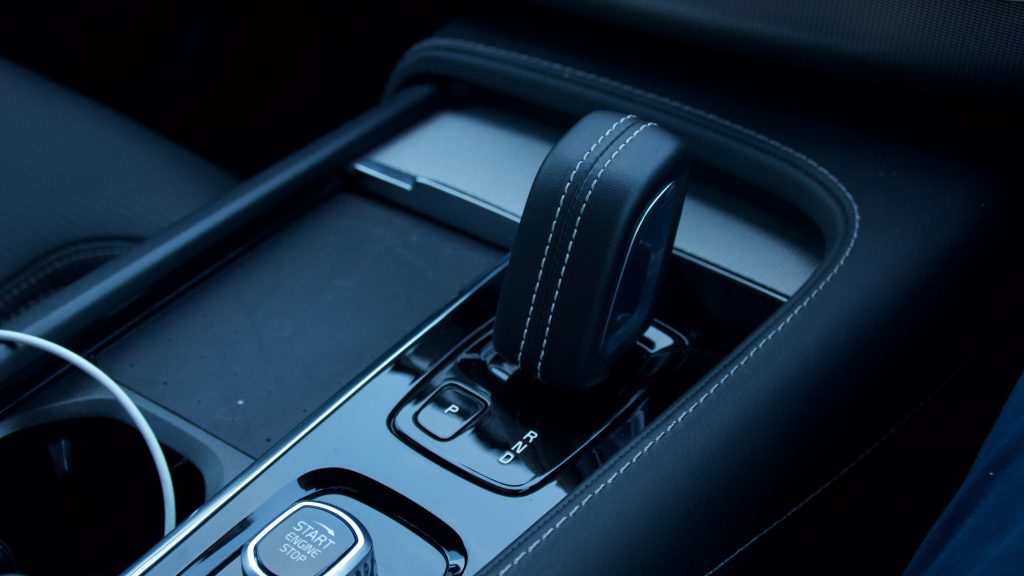

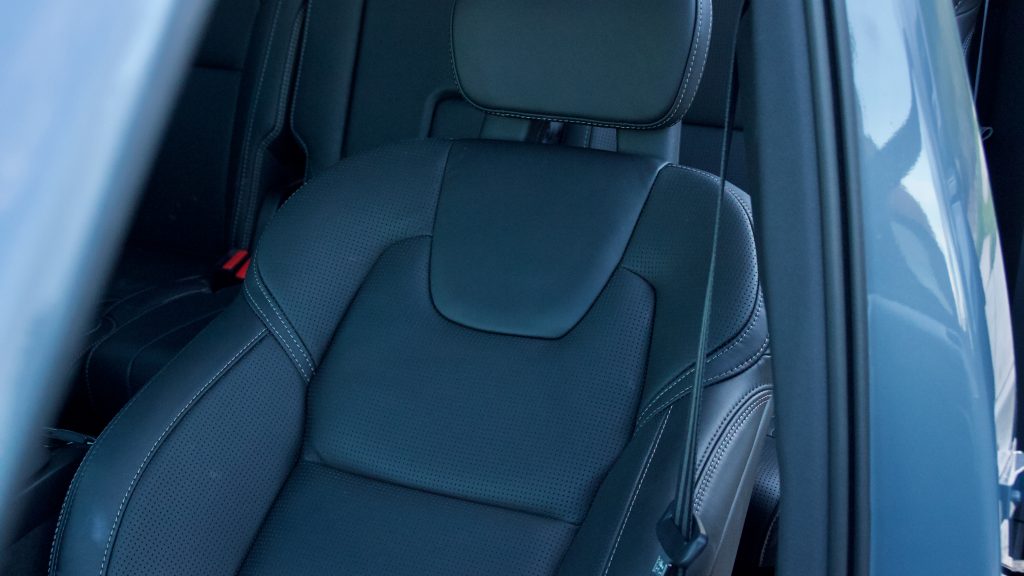
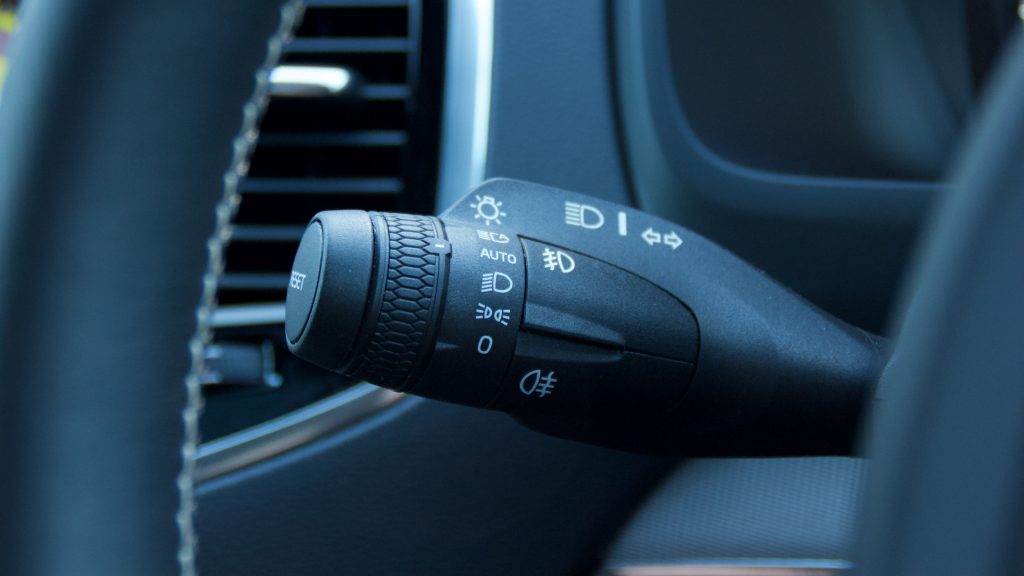
The 2021 Volvo XC90 Recharge’s main rival is the $135,900 BMW X5 xDrive45e, which also features a plug-in hybrid system but mated to a turbocharged straight-six petrol engine instead – it’s also only offered as a five-seater though, if that’s an issue for you. Although the X5 is $20,000 more expensive than the XC90, it has to be further optioned with equipment to match the Volvo, including ventilated front seats ($1,500), a panoramic glass sunroof ($1,700), four-zone climate control ($1,300), a Bowers and Wilkins sound system ($9,700), an alarm ($950), rear seat blinds ($600), acoustic glazing ($1,200), tyre pressure monitors ($550) and 22-inch alloy wheels ($3,900). Total price of an equivalent X5 to the XC90 is $157,300 plus on-road costs – a huge $41,310 more than the Volvo!
Performance & Fuel Economy: 8/10
Under the bonnet of the 2021 Volvo XC90 Recharge is a 246kW/440Nm 2.0-litre four-cylinder petrol engine that’s both turbocharged and supercharged. That’s in combination with a 65kW/240Nm electric motor that’s fed by an 11.6kWh battery pack mounted under the floor. The battery pack can be charged in as little as four hours using a household charger, using a quick charger can reduce that to as little as 30 minutes.
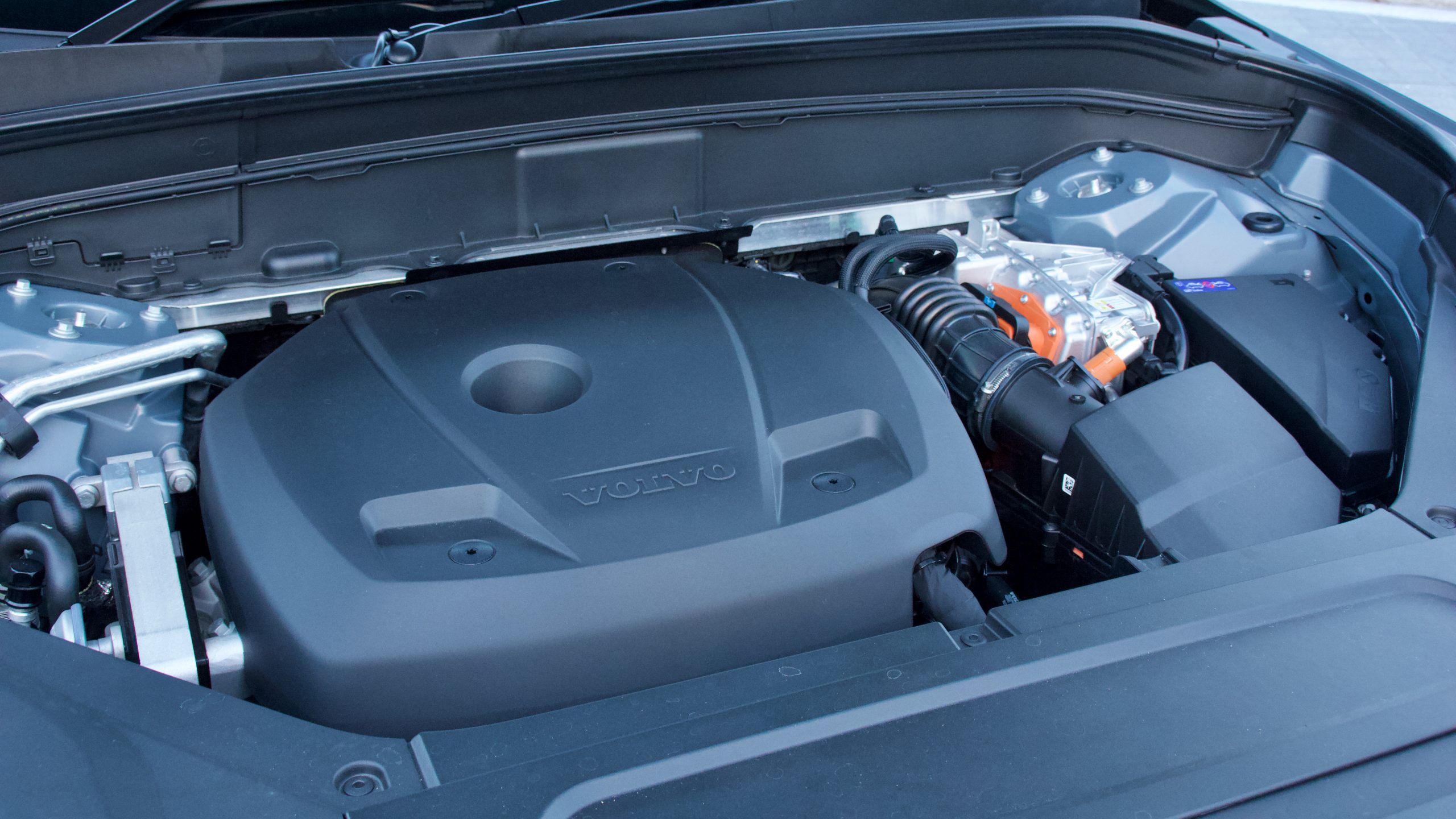
Total output of the XC90 Recharge is 294kW, which is pretty serious for a large plug-in hybrid. Volvo claims a 0-100km/h time of just 5.5 seconds, which feels about right with the level of grunt and weight on offer. Volvo claims a combined fuel consumption figure of just 2.3L/100km – we achieved a 9.2L/100km, but that was running solely in hybrid mode and not having been charged thanks to a lack of power outlets in our apartment building garage. We’d wager that you’d be able to get similar consumption from a regular XC90 T6, so charge points are definitive in good fuel consumption in the XC90 Recharge.
Volvo claims that you’ll see around 46km of all-electric range from a full charge, and we saw about 40km on a hot day with the air-conditioning blasting, which is more than enough for the average commute. Having said that, the BMW X5 xDrive45e offers up to 80km of range from its 24.0kWh battery pack – almost double the Volvo – and an identical 2.3L/100km fuel consumption rating.
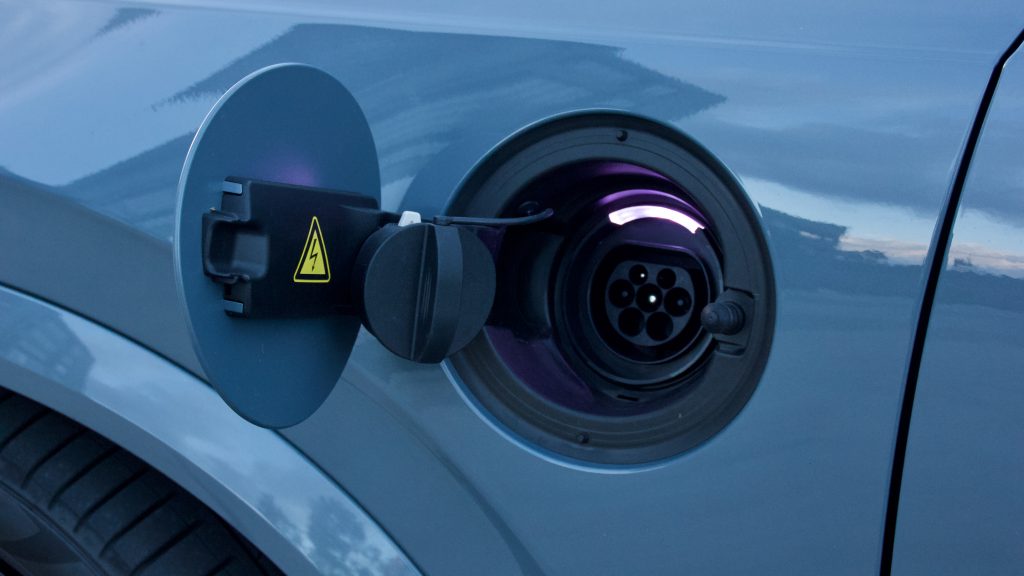
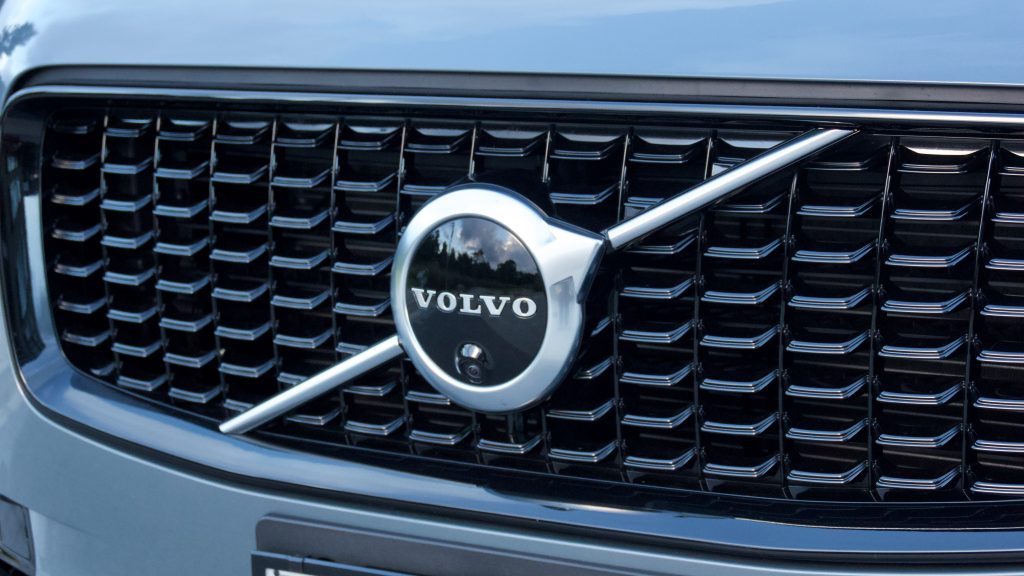
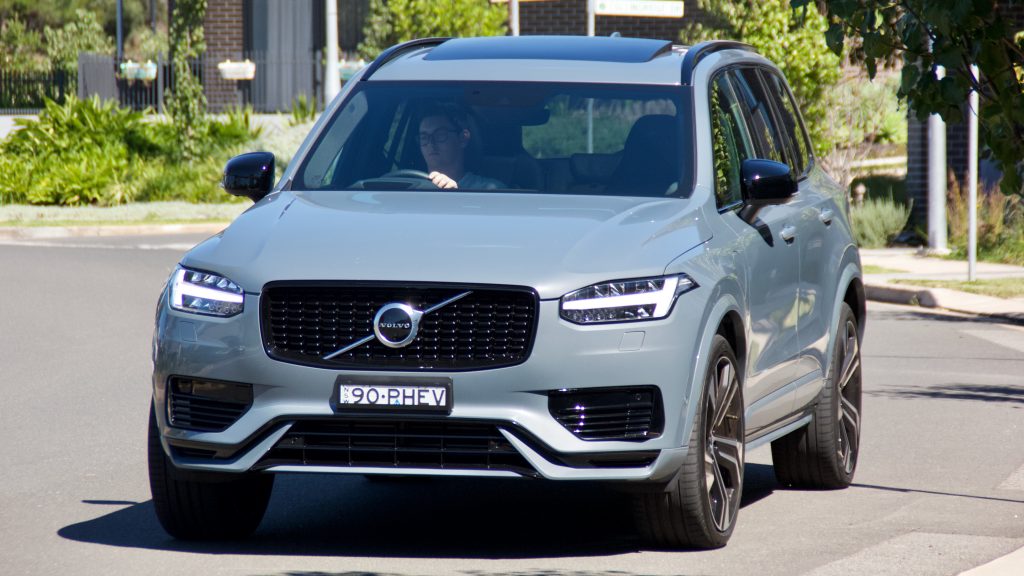
The performance on offer from the XC90 Recharge is pretty impressive. The engine is an absolute powerhouse with torque available nice and low in the rev range, and yet at the top of the rev range, it’s still punching thanks to the supercharger – which, if you’re wondering, exhibits a cute whine throughout the rev range. The eight-speed automatic is mostly excellent too and bodes rather well with the rest of the drivetrain.
Ride & Handling: 7/10
All variants of the 2021 Volvo XC90 range are extremely quiet, comfortable and luxurious long distance tourers and despite featuring a different drivetrain, the Recharge is mostly the same. Even with the huge 22-inch wheels of our test car, the ride quality on the air suspension (which, again, is standard on the Recharge but optional elsewhere) was mostly excellent – only sharper bumps were felt in the cabin. But road noise levels are low, and thanks to the Volvo’s traditionally boxy styling, visibility is excellent.
Dynamically, the XC90 Recharge is not as sporty as the X5 xDrive45e, but it’s not bad to drive either. Thanks to its 2,315kg tare weight – the downside of plug-in hybrids as they’re essentially carrying two engines – it’s simply not as nimble as regular XC90 variants. The steering is largely feel-free, though it is nicely weighted and easy to use at lower speeds when parking. Handling is reasonable for such a large vehicle, but it’s not one that likes to be pushed hard – unlike an X5, for example.
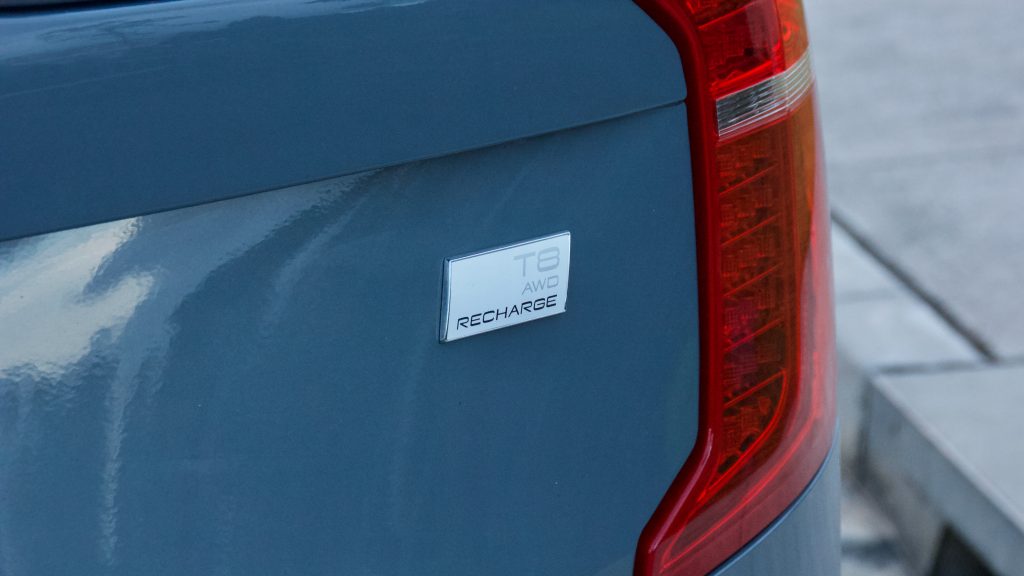
The brakes of the XC90 Recharge feel entirely normal – we say that as brakes on other plug-in hybrids can feel odd as that’s where a lot of power is drawn from to power the car. We especially like how braking and how much EV juice is left is displayed in the dials. Even without having charged the car, it is possible to drive for short distances on purely electric power before the petrol engine kicks in.
Interior & Practicality: 10/10
Volvo’s interiors have really been on point in the past decade, and the XC90 is perhaps the best example of that. Excellent material quality, lovely seats, easy to use technology and a relaxed vibe cement the brand’s place in the premium segment. Particularly lovely is the use of Nappa leather in the case of our test XC90, which is sumptuous – and that’s before we even consider just how comfortable the seats are. If you’re considering the optional massaging functionality, we’d say do it: it’s excellent.
Material quality around the cabin is equally great with stitched soft touch materials all over the dashboard, doors and centre console. The aluminium material on the centre console feels heavy and good to touch, while the leather used on the steering wheel and gearknob are also a pleasure to touch. But unlike the BMW X5’s cabin, the use of technology is not overwhelming – it’s easy to use and well designed, as if the Volvo is telling you to calm down and relax while using it.
Centre of the cabin is a 9.0-inch touchscreen that’s fully featured with wired Apple CarPlay and Android Auto, satellite navigation, digital radio and even apps such as Spotify that use data off your phone. It can be a touch hard to use while driving – the X5’s controller wheel makes sense in that situation – but the graphics are excellent, and it’s very quick to respond to touch. The CarPlay/Android Auto part of the screen could be larger, and the climate controls are inbuilt into the screen, which can be fiddly, but the 360-degree parking camera is just excellent.
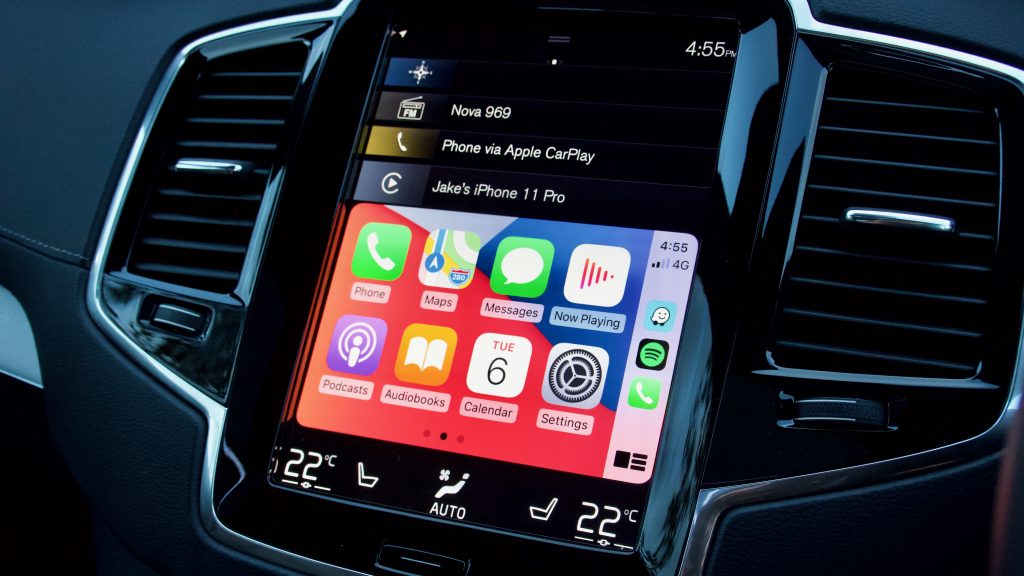
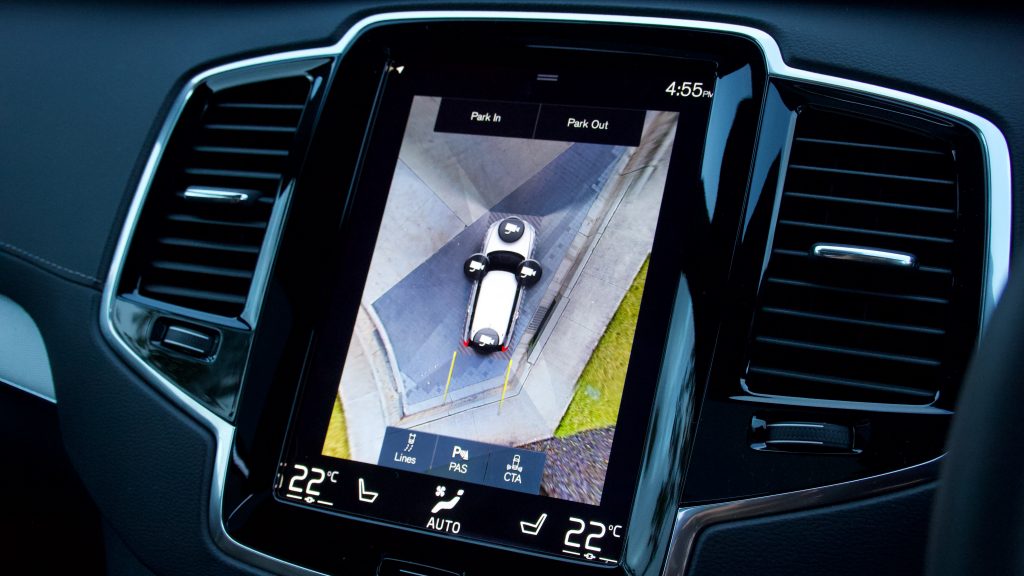
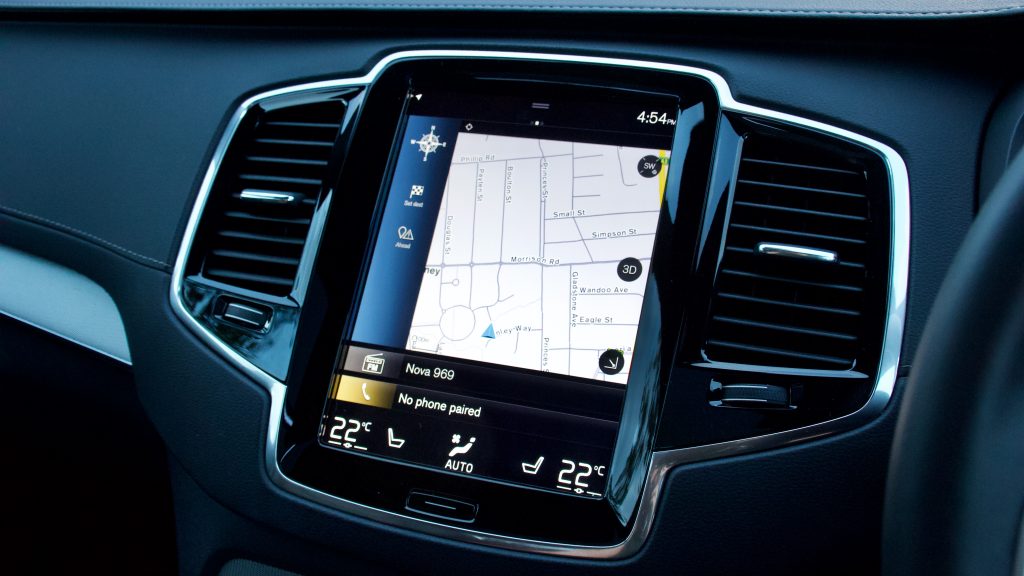
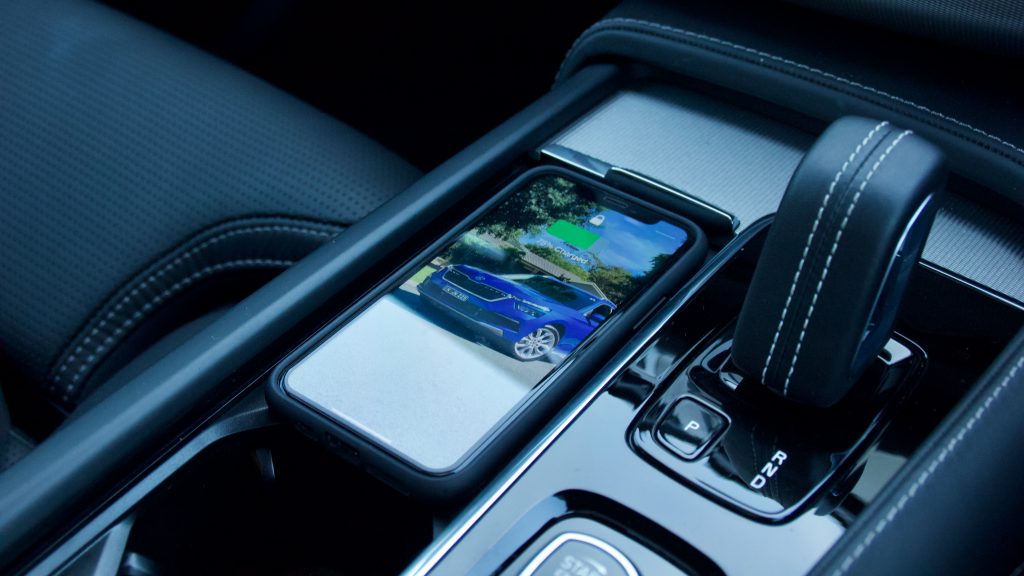
There’s no faulting the XC90’s practicality, either. Big door bins, a nicely sized centre console, huge cup holders, a big glovebox and a covered area in the front provide more than enough storage options for passengers.
The 40:20:40-split middle seat is very spacious, even with the standard panoramic sunroof, for six-footers to sit behind themselves – legroom and headroom is plentiful, and the seats are very comfortable as well. To aid either legroom or boot space, they both slide and recline and there’s also an inbuilt jump seat that raises up for kids.
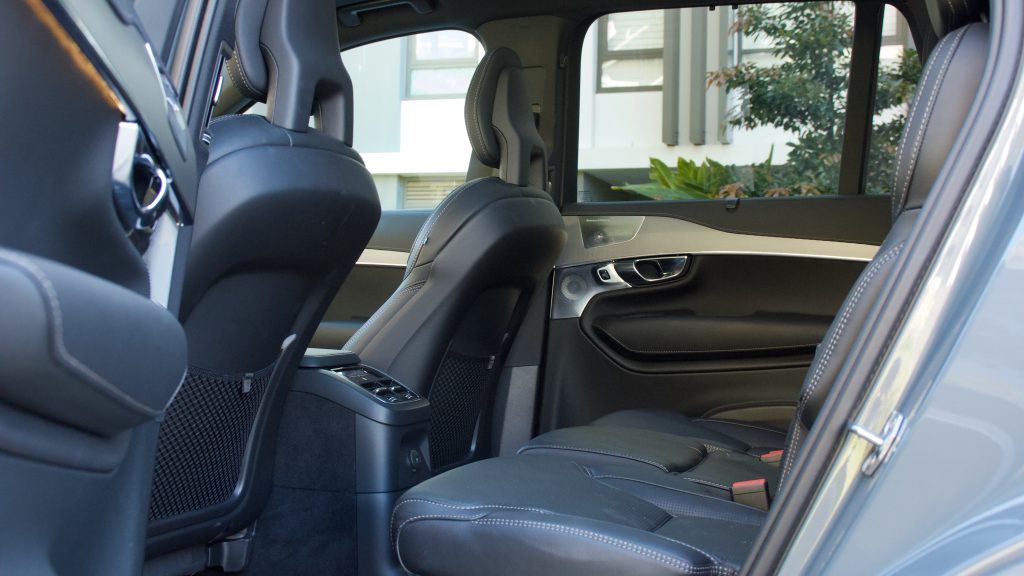
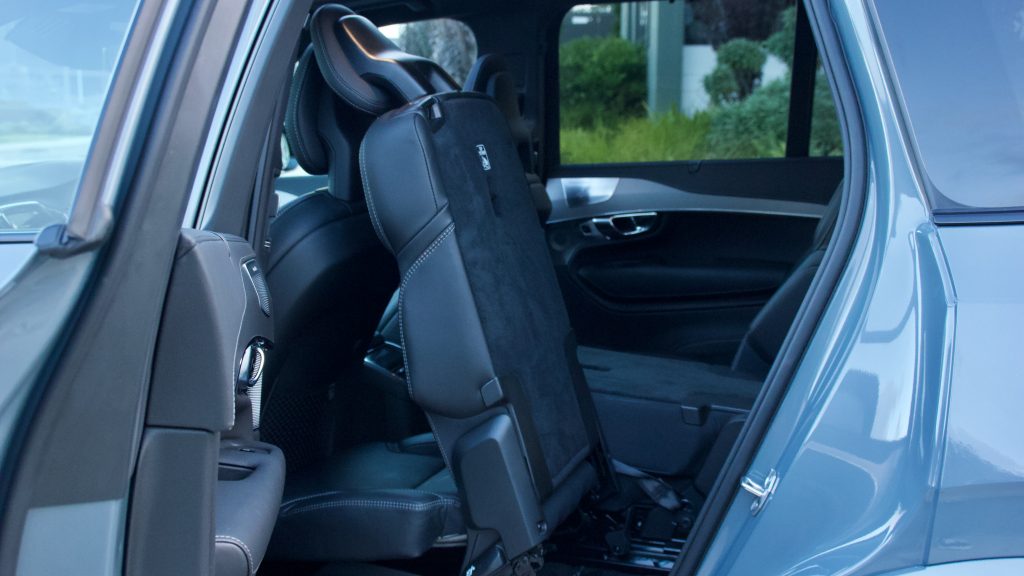
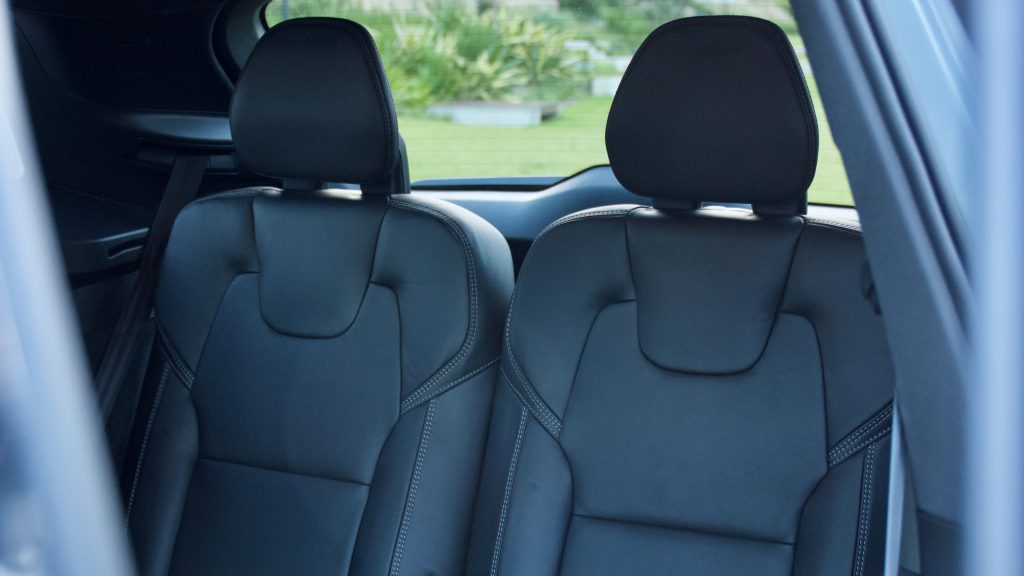
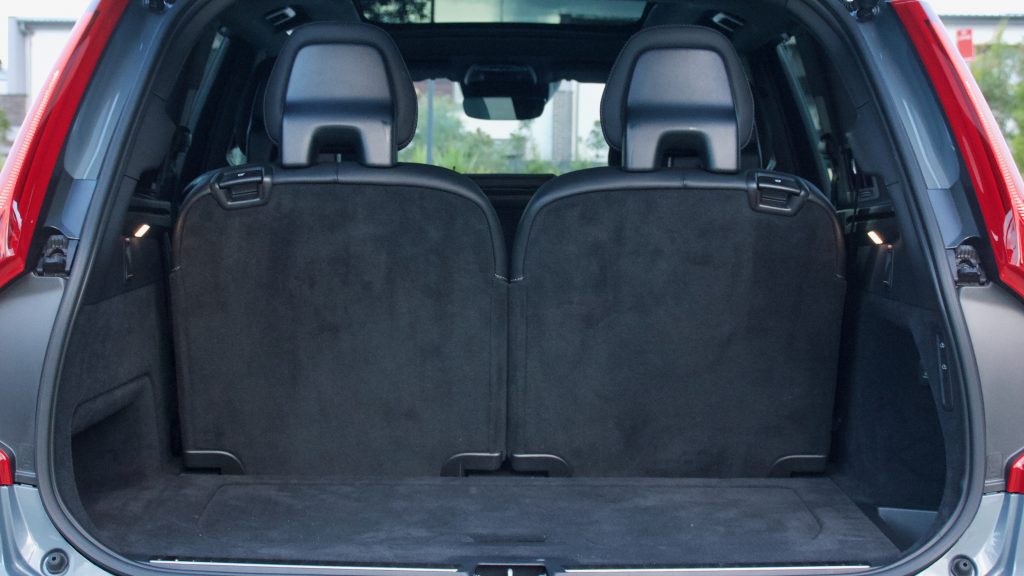
Being a Volvo, boot space is plentiful. The integration of rear electric batteries hasn’t reduced boot space – thanks to the removal of the spare wheel from conventional XC90s – so 369-litres is on offer with the third row erect, 1,019L with them folded and a large 1,868L with the middle row folded flat. Space in the third row is pretty good too, with more than adequate space for adults – and features in the boot such as hooks, tie down points, a 12V socket and even a partition that flips out of the floor.
Service & Warranty: 8/10
All Volvos in Australia now come with a five-year/unlimited km warranty that includes five years of roadside assistance. This matches Mercedes-Benz’s, Genesis’ and Jaguar Land Rover’s warranty, and shades Audi, BMW (both three years) and Lexus (four years). Servicing is required every 15,000km or once yearly – very much the norm in Australia – and three-year/45,000km ($1,500) or five-year/75,000km ($2,500) service packs are now available, and equate to $500 for each service.
Servicing a BMW X5 xDrive45e over five years or 80,000km costs $2,250.
The 2021 Volvo XC90 Recharge DiscoverAuto Score: 8.2/10
The 2021 Volvo XC90 Recharge is the first taste we’ve had of the XC90 here at DiscoverAuto, and we’ve come out very impressed with Volvo’s largest vehicle. It’s very well equipped, drives well, goes well yet can be efficient if you want it to be, it’s very spacious and practical, now comes with a five-year warranty and servicing costs aren’t too bad either.
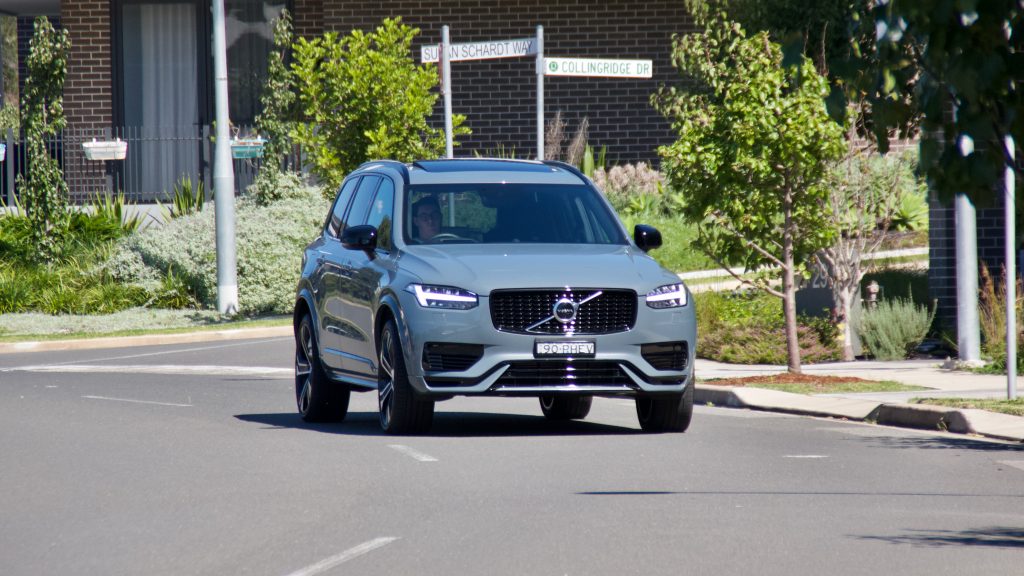
Having said that, we’re not sure that the Recharge is the XC90 to buy. Even though lower model XC90s aren’t as well equipped as the Recharge, they are much cheaper to buy – an entry-level T6 could be had for under $100,000 drive away, which is a lot of car for the money, and it would still offer more than enough performance and the same level of luxury as the Recharge we tested here. But if you must have a PHEV, the Recharge is pretty good value in the segment. Regardless of the model however, the Volvo XC90 is definitely one of the best seven-seat SUVs you can buy in Australia – we’re big, big fans of it.
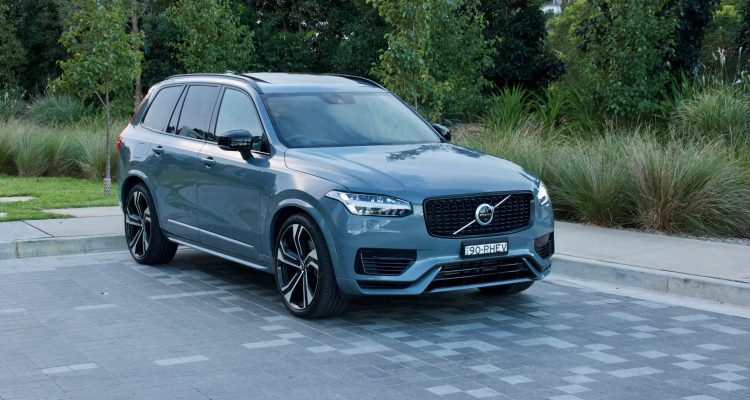
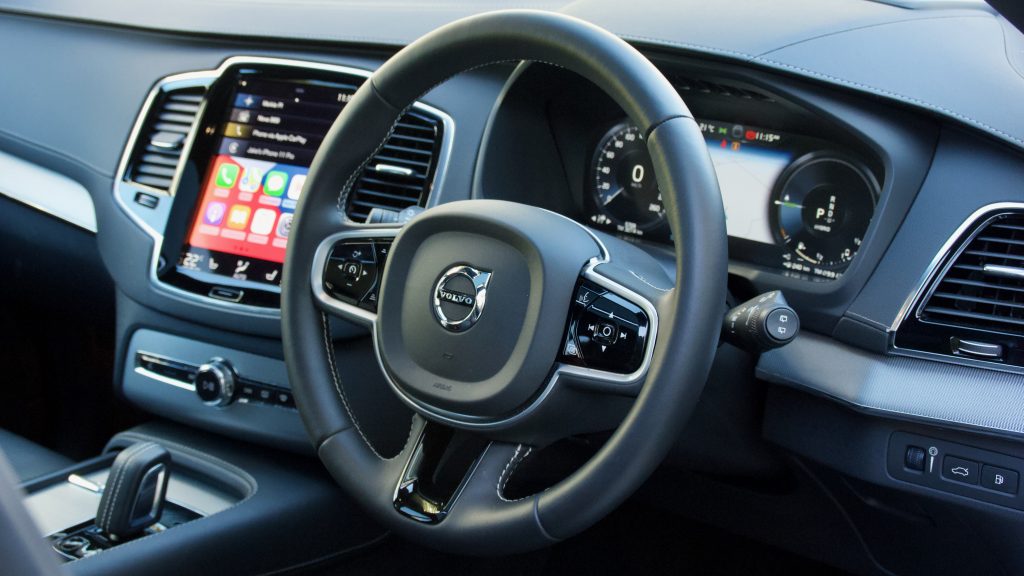
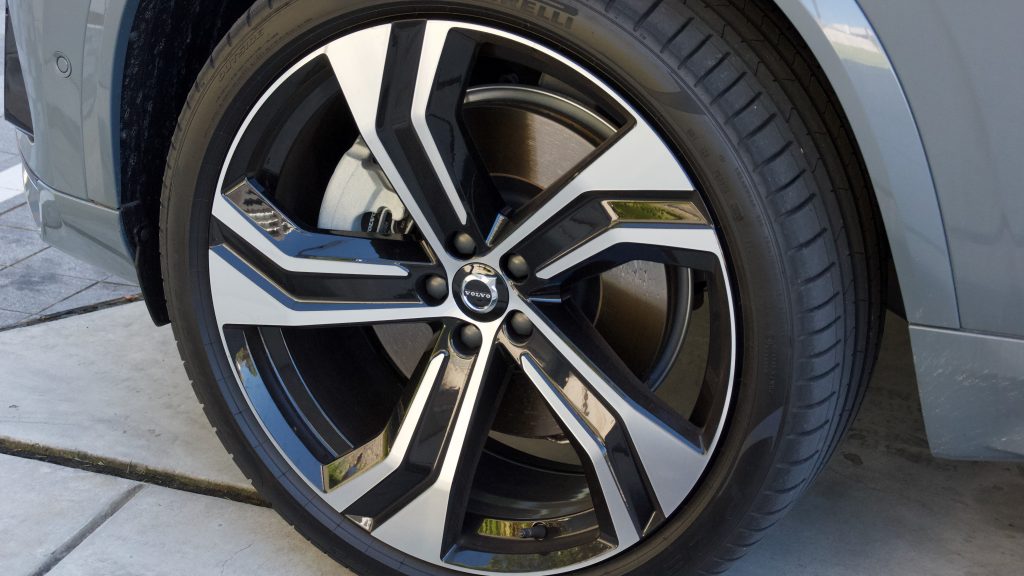
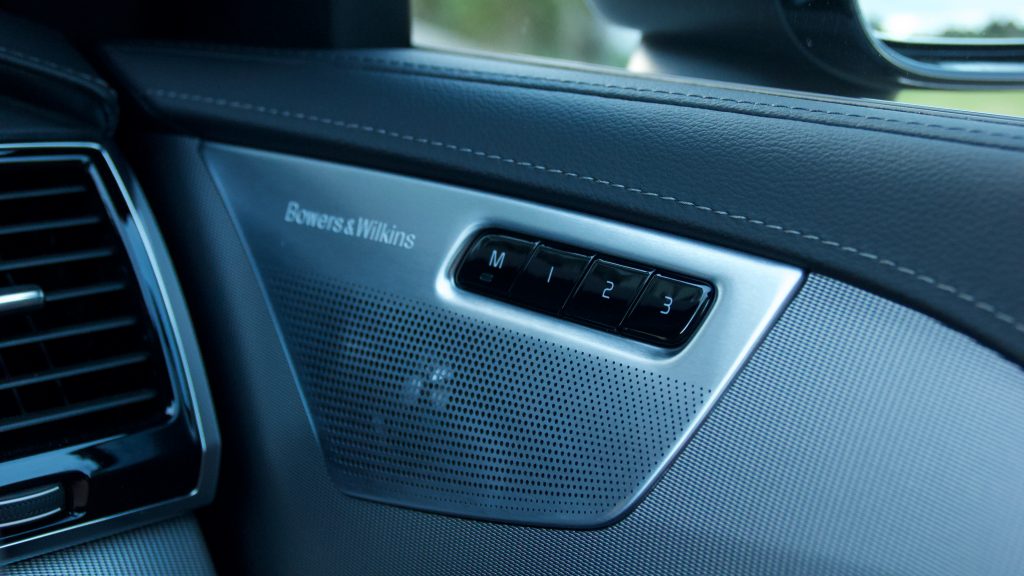
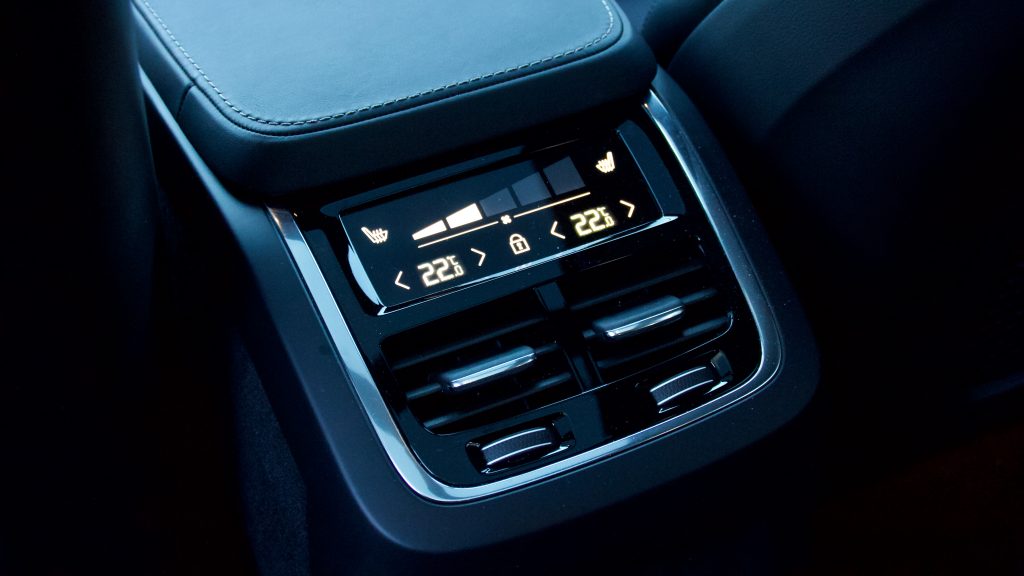
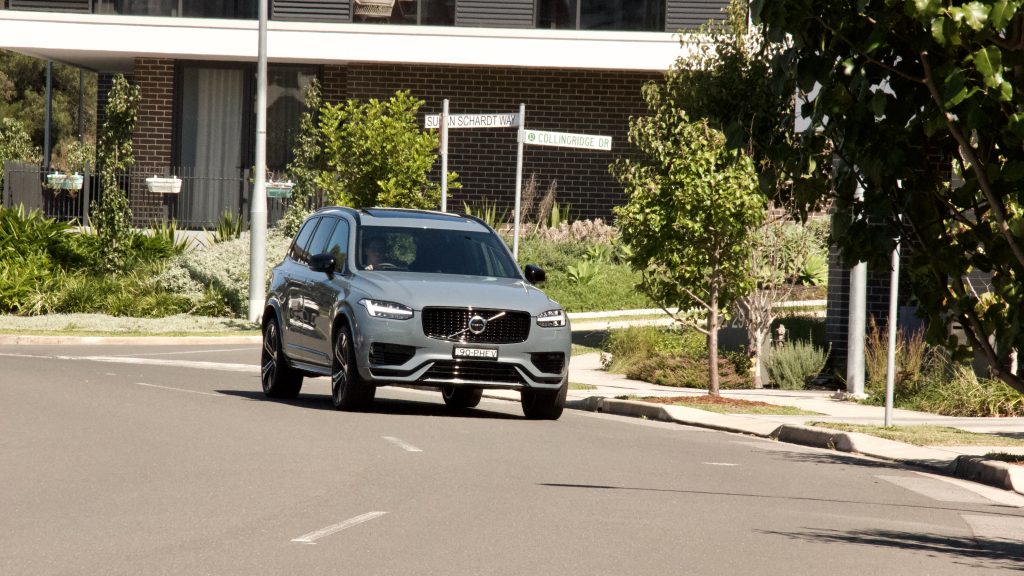
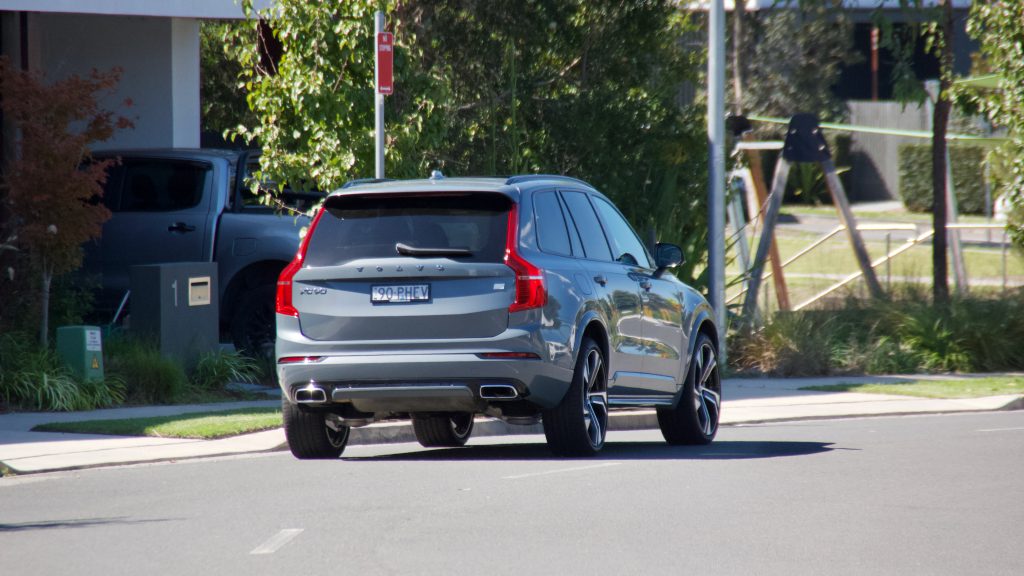
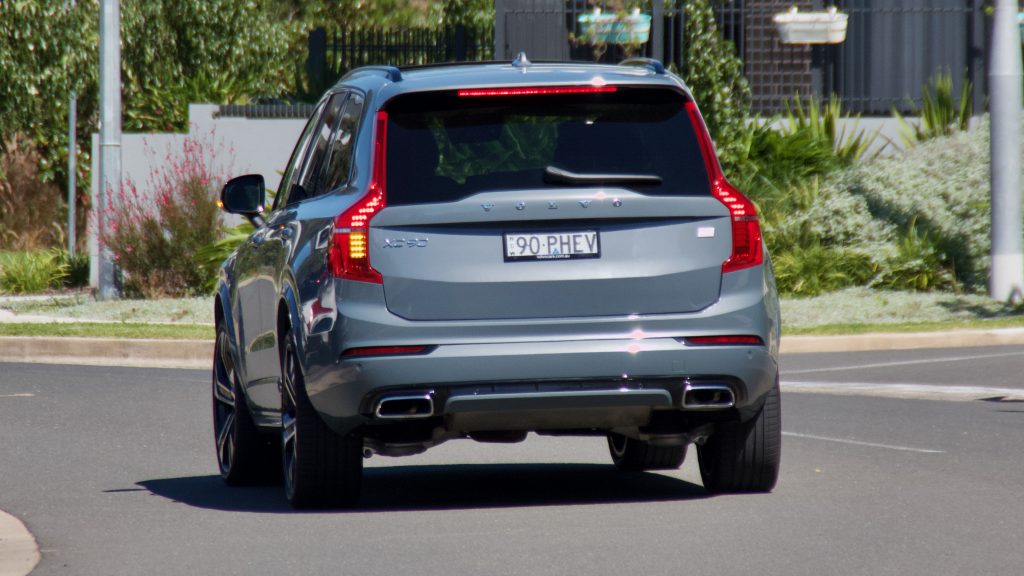
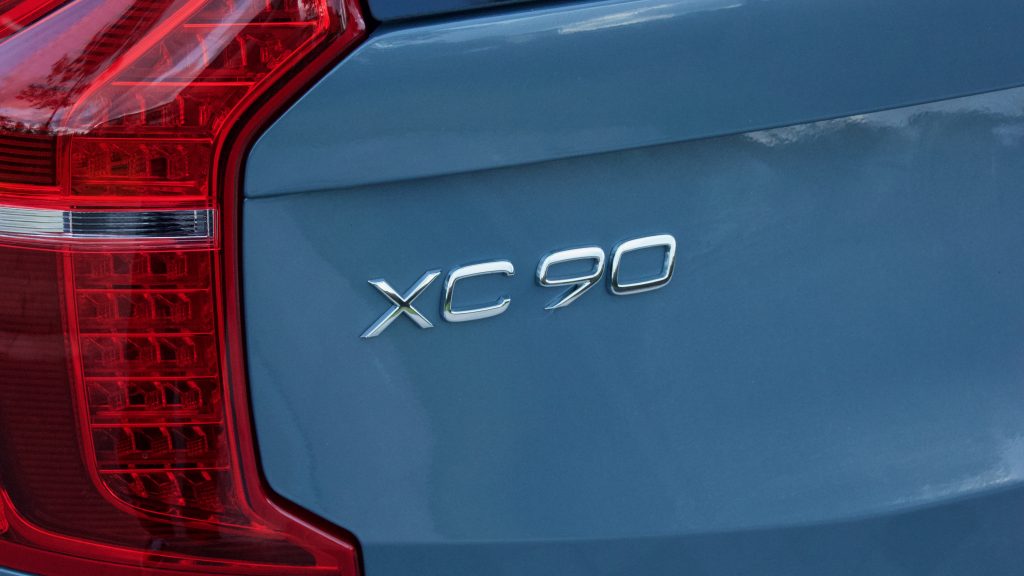
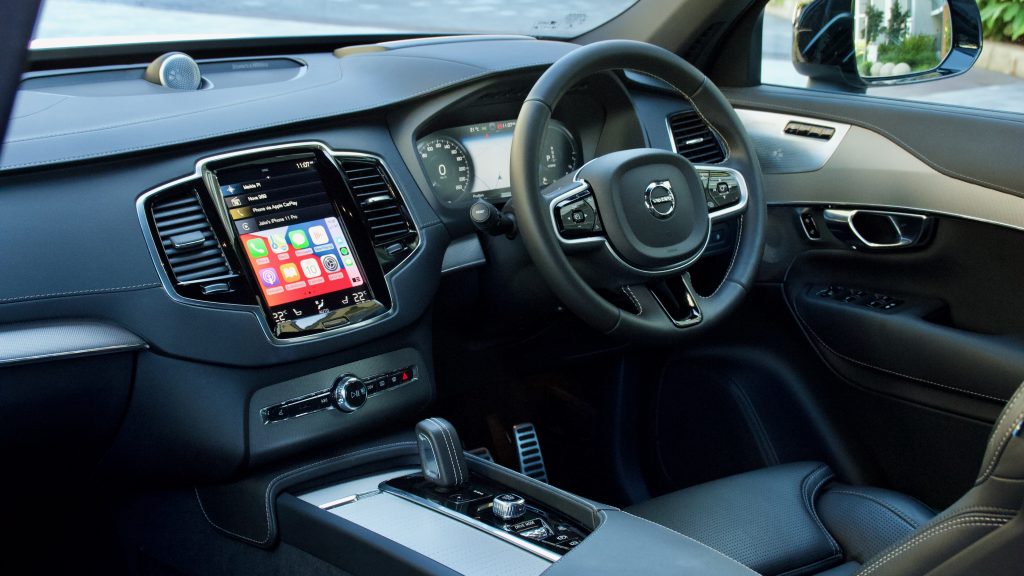
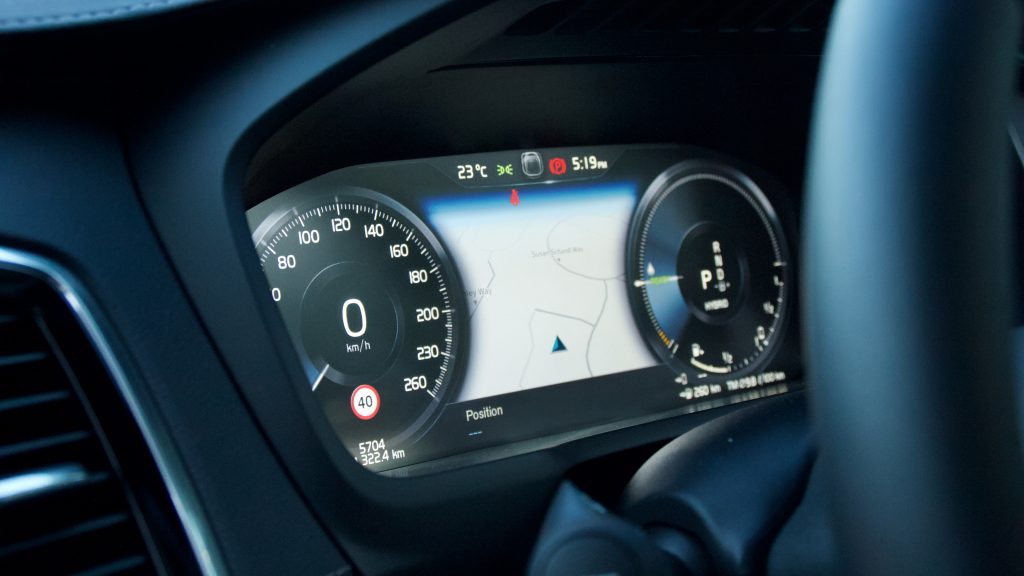
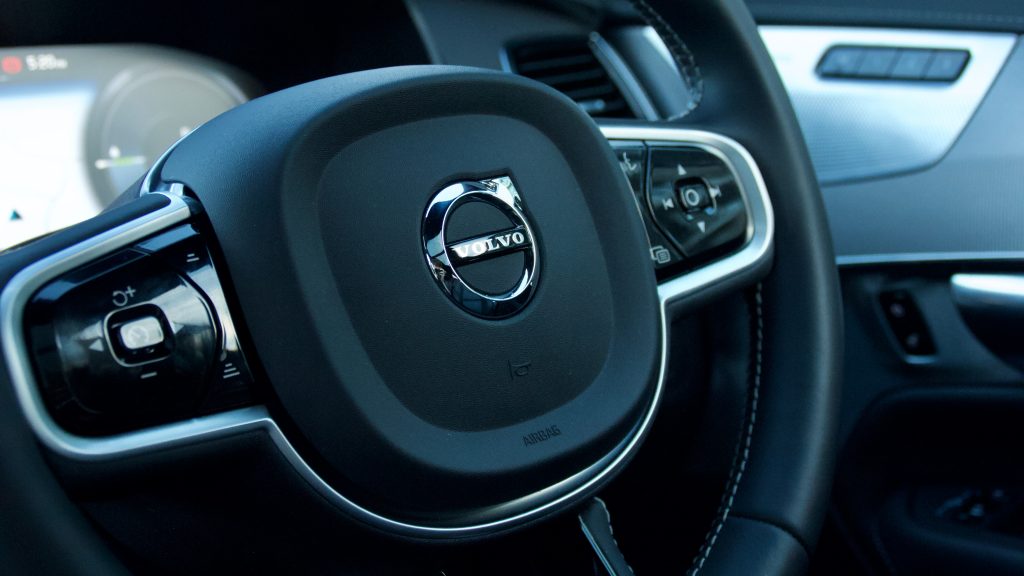
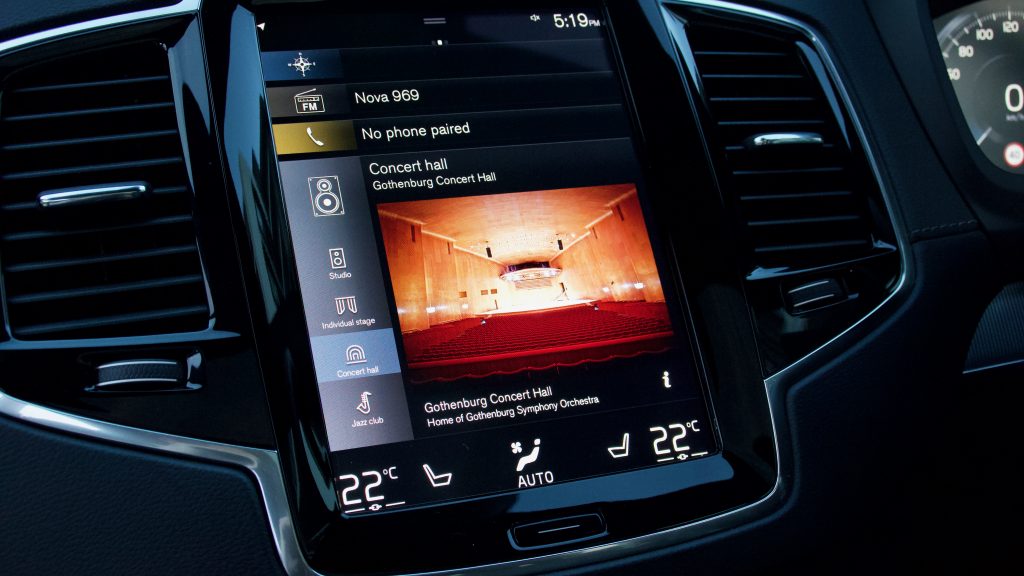
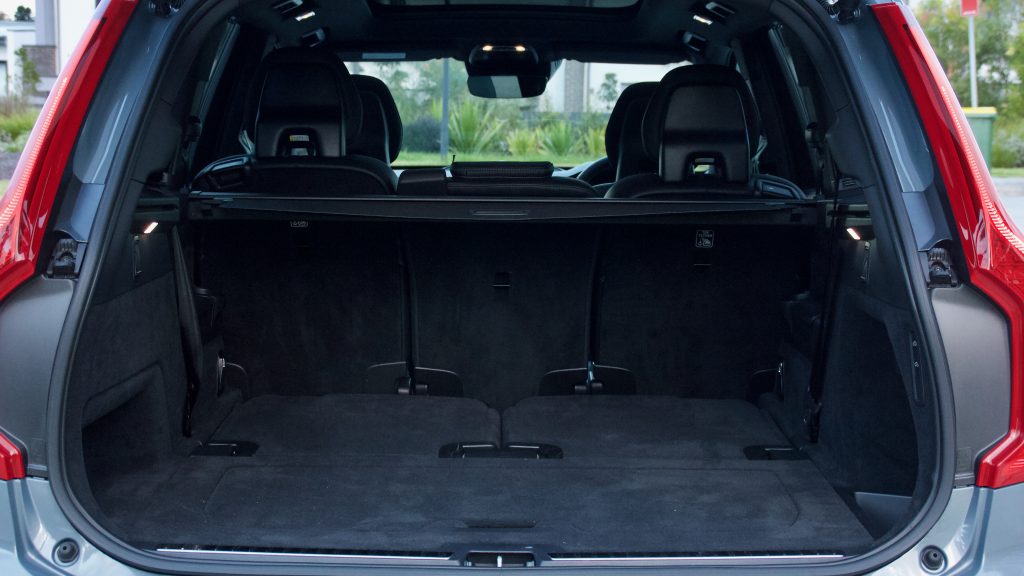
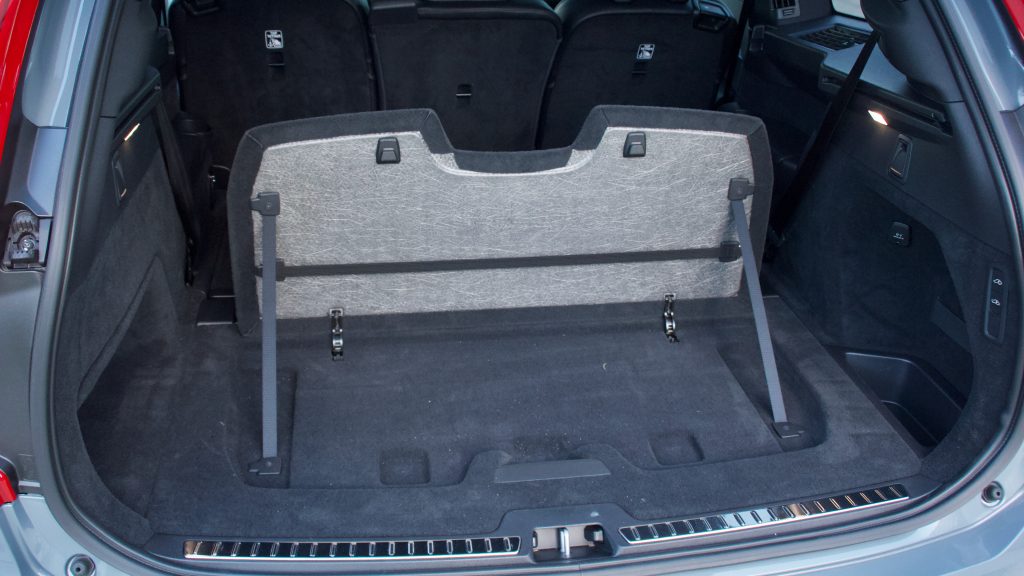
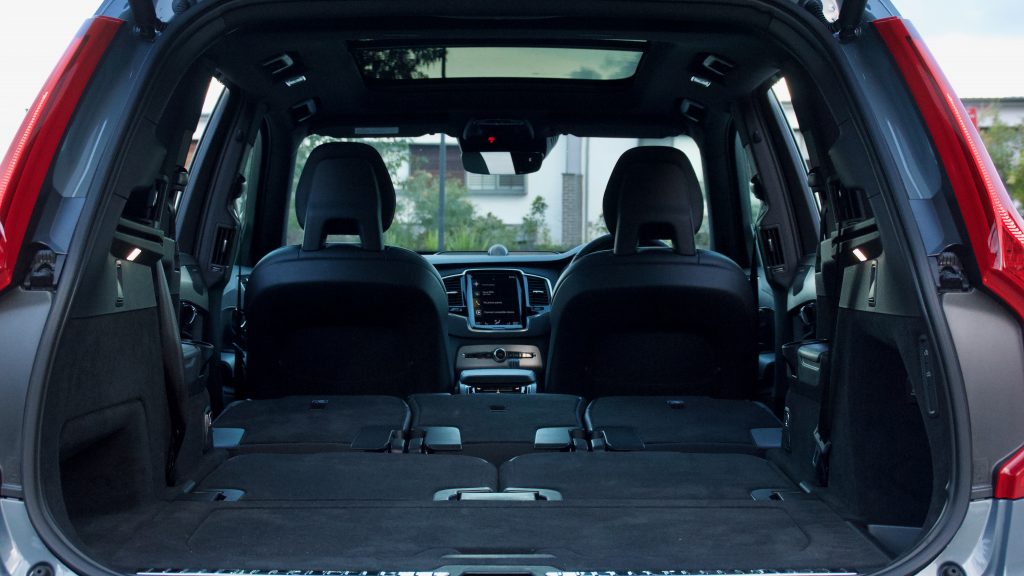
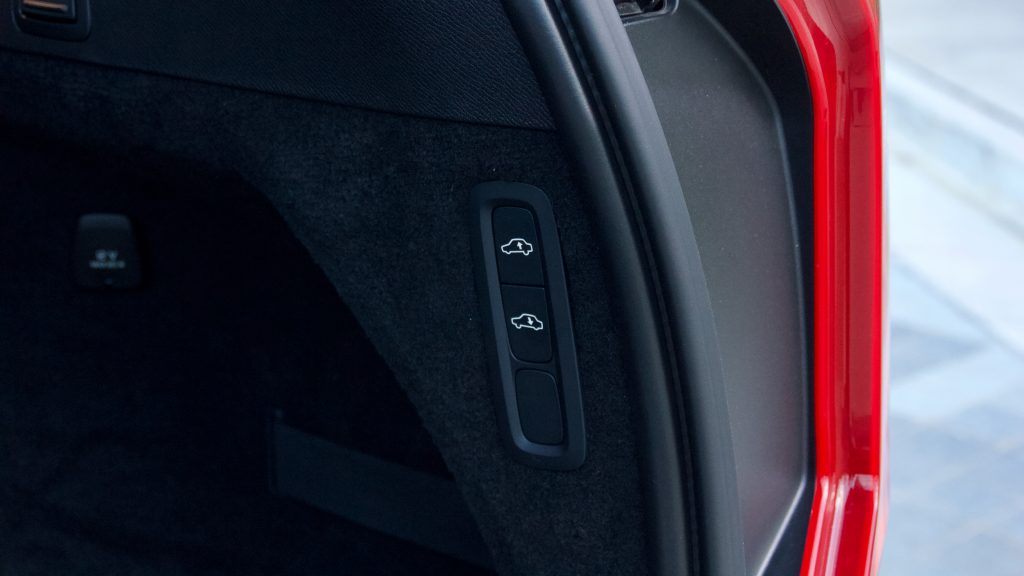
Leave a Reply